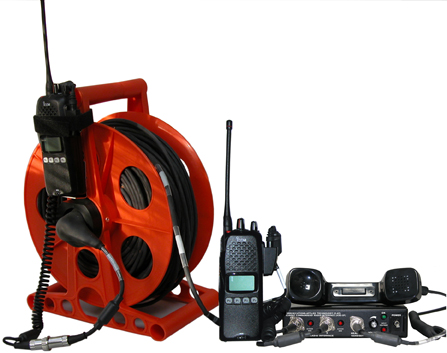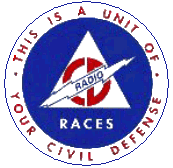I remember saying this when, in school, I was trying to get the hang of adding and multiplying polynomials. (Full disclosure: I passed Calculus I, but apparently by virtue of lax standards and/or divine intervention). So when you hear government officials testifying about how difficult – how nearly impossible it is to make communications systems interoperable – be skeptical.
If you’re mystifed by how government agencies could manage voice/data wireless interoperability – take a look at Communications Applied Technology.
While the company is based in Virginia (for my nearby neighbors, Virginia is a state just south of Washington, D.C.; very scenic; for everyone else, just remember that New Yorkers are very provincial and ignorant of geography outside of the tri-state area), the intellectual engine behind this firm comes from the borough that brought you Jackie Robinson, Al Capone (yes, from Brooklyn, not Chicago), abolitionism, the Broooklyn Dodgers, Coney Island, Olmsted and Vaux’s masterpiece Prospect Park. and Stanley Kaplan – the man who put the lie to the notion that the SAT was a test of good breeding.
You don’t need to be a big gearhead to see that C-AT has already designed solutions that directly address comms interoperability problems. If we’d had this gear in the hands of the NYPD and NYFD on 9/11 our hearts might be a bit less broken.
 This is just one model in a series of “Incident Commanders’ Radio Interface(s)” – it can connect one wireless telephone – and, according to C-AT, “provides a rugged, highly-portable, radio cross-band (VHF, UHF, 800MHz), cross platform (digital/analog, trunked/talk-around, AM/FM) capability for mutual aid operations.”
This is just one model in a series of “Incident Commanders’ Radio Interface(s)” – it can connect one wireless telephone – and, according to C-AT, “provides a rugged, highly-portable, radio cross-band (VHF, UHF, 800MHz), cross platform (digital/analog, trunked/talk-around, AM/FM) capability for mutual aid operations.”
In lay terms, this means that, in an emergency in, say, a tunnel, an incident commander can get the EMS, NYPD, Red Cross, and one or two federal agencies working together in two “talk groups.” I suppose the phone interface is best used to relay messages to entities not on radio nets (elected officials arranging photo ops; utility contractors like Con Ed whose radio frequencies might not be immediately available).
The interoperability problem is – we’re repeating ourselves here – not a technical problem – and, given the scale of our economy, neither is it a problem of cost.
The model above measures 10″x3″x7″ – and weights 3.5 lbs. By way of comparison – a single hand-held radio (the Vertex 920) weighs 13.0 oz with battery, antenna and clip.
Seeour earlier post on the Justice Department’s IG report on interoperability between DOJ,DHS and Treasury law enforcement units here.
We’ve finished readng the IG’s report. As we’d expect, given the recent work of the DOJ IG under Glenn Fine – it’s well-written, and to the point. It’s redolent of pre-9/11 interagency sniping and foot-dragging, and a very crass joke, well-known in law enforcement circles, involving three dogs – each a search dog working for a different law enforcement agency. If you’re not familiar with this joke – and know someone in federal law enforcement or intelligence circles – ask them. If you’re really curious, e-mail me privately – with the understanding that’s it’s told for historical/allegorical purposes. I tell jokes badly in person – worse via e-mail.





